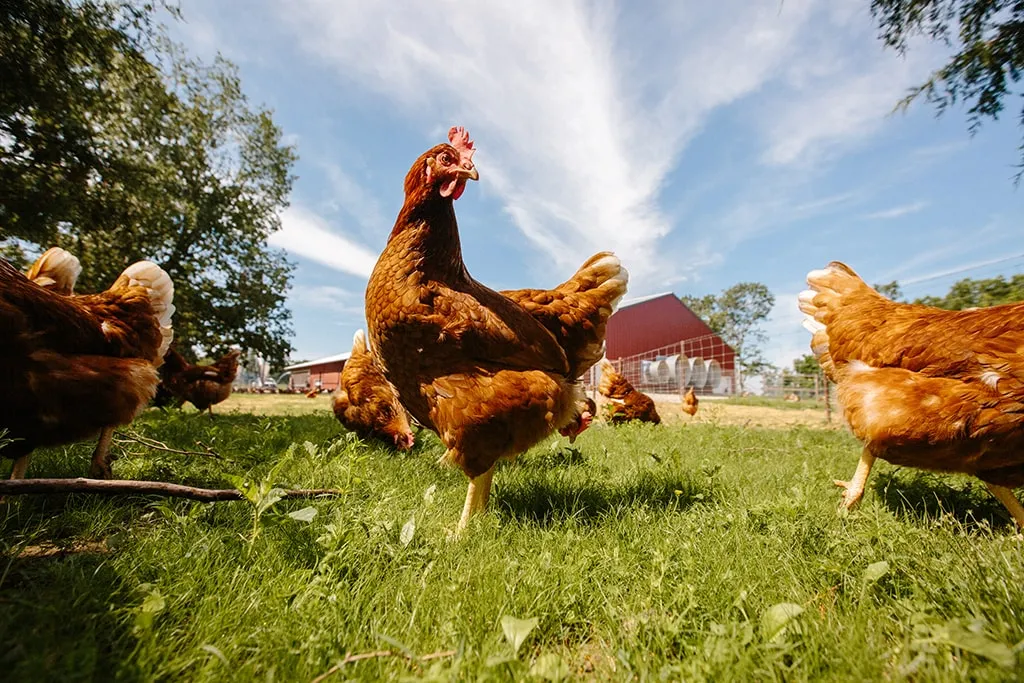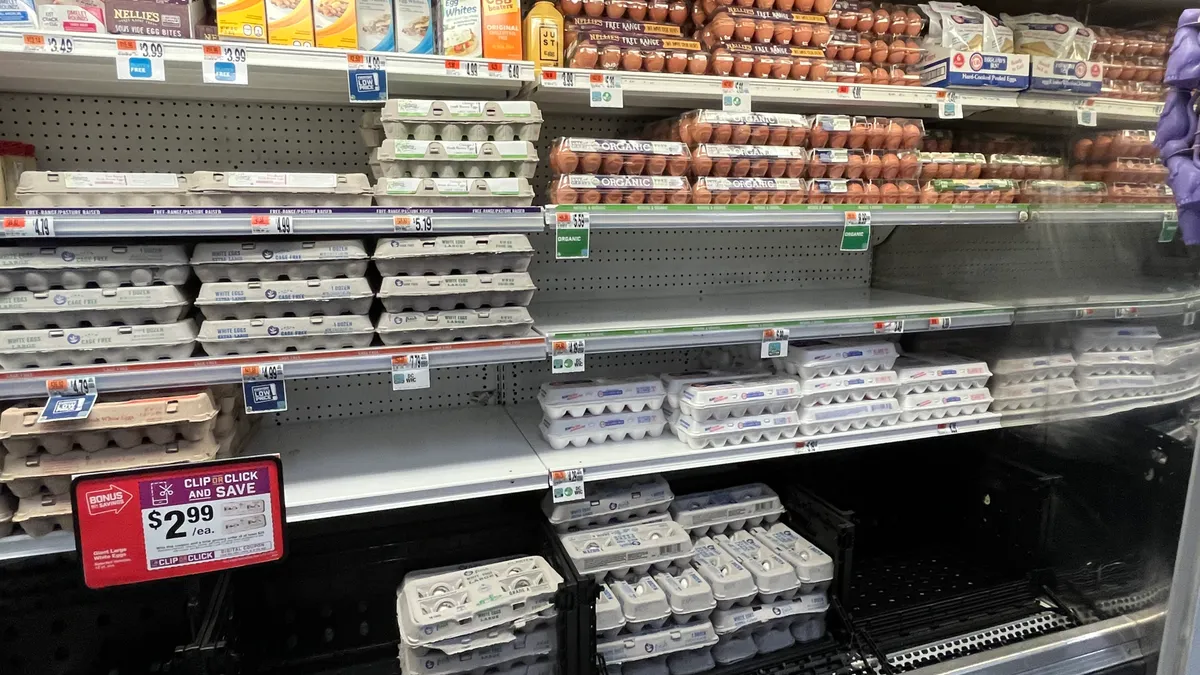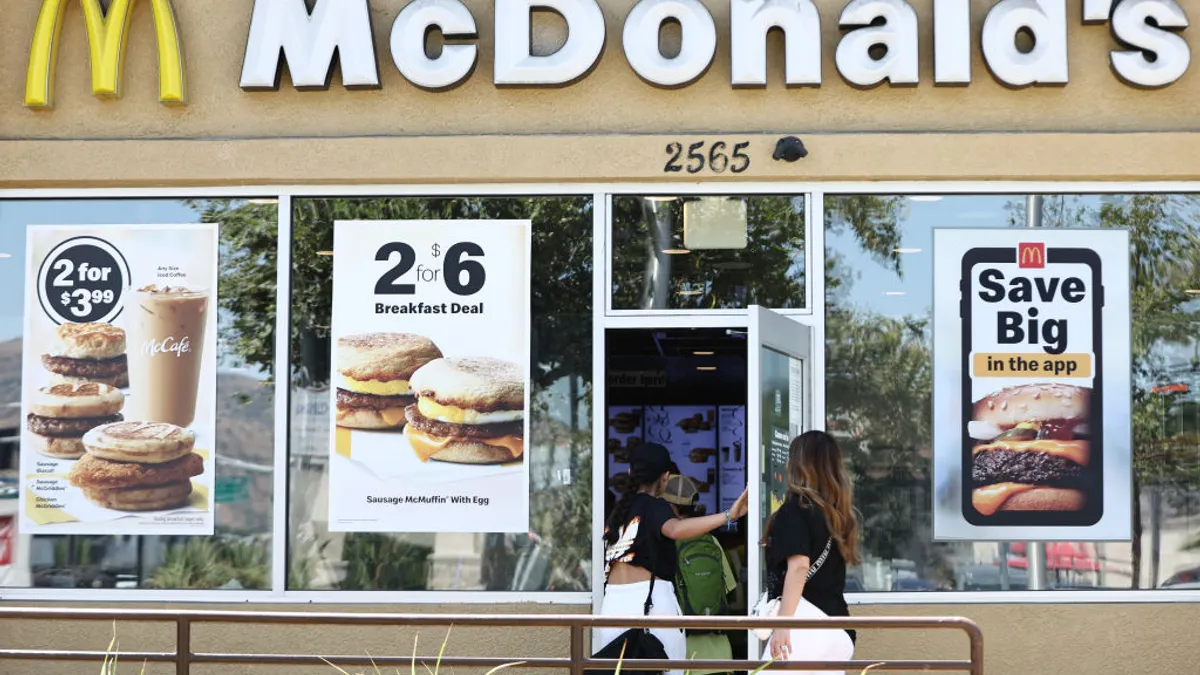More than any other grocery store food item, egg prices are skyrocketing as producers struggle to meet supply.
Experts do not expect prices to return to where they were before last year’s highly pathogenic avian influenza (HPAI) outbreak — which has resulted in the culling of more than 58 million birds, according to the CDC — as long as the supply of the protein continues to be strained. This could take several months, said Kevin Bergquist, Wells Fargo’s Agri-Food Institute sector manager.
“Replacing that amount of egg production in the market requires shipping eggs from other providers or locations, which itself requires added freight and logistics — two items that were particularly challenged during the pandemic,” Bergquist said in an emailed statement.
Some policymakers and consumer advocacy groups are urging the federal government to take action against producers who they see as a monopoly of egg giants gouging consumers amid an already fraught economy.
Sen. Jack Reed, a Democrat from Rhode Island, wrote a letter to the Federal Trade Commission last week, asking it to crack down on potential price gouging from egg producers.
“Consumers are used to seeing some volatility in the egg pricing market, but the current price spike in the industry’s favor warrants careful scrutiny,” Reed said in a release. “Independent federal watchdogs should look at the facts and follow the evidence to ensure consumers are treated fairly.”
Behind the price hikes
According to the most recent Consumer Price Index from the Bureau of Labor Statistics, egg prices increased 11.1% on a monthly basis in December, and were up nearly 60% compared to the same time a year before. This led the overall food index to increase 0.3% in the month, after slightly decreasing the two months prior.
“Eggflation,” as it has been called, is causing shortages on grocery store shelves and driving online groups of consumers searching for the cheapest prices in their area. Dairy producer Stonyfield capitalized on the situation by announcing a giveaway of 10,000 tubs of yogurt, stating that consumers can get the same amount of protein as an egg from a serving of yogurt.
The HPAI outbreak, commonly referred to as bird flu, began in early 2022 and is the primary factor fueling the price hikes. The CDC has not reported any new cases of bird flu in backyard or commercial flocks since late December, indicating that new infections could be subsiding.
Consumers trading down to proteins including eggs and poultry instead of red meat in recent years has also contributed to the tightening supply, according to USDA.
The high cost of inputs like feed, labor and fuel, followed by bird flu created a “perfect storm” for a difficult egg growing season in 2022, according to AgAmerica Senior Director of Partner Relations Curt Covington. Government assistance has helped farmers fund the growth of new flocks, Covington said, but their ability to meet supply for eggs requires time for those new birds to develop.
“The challenge is that you can’t just start reproducing the next day, so it’s going to take 18 to 20 weeks for some of these flocks to rebuild,” Covington said, “I’d say the impact of bird flu has probably peaked, but egg prices through Easter will continue to be elevated.”
Producers aim to keep up
Bergquist said the last big HPAI outbreak in 2015 killed roughly 9 million more commercial flocks than the one that started last year. However, the outbreak eight years ago ended once the summer months arrived.
In 2022, bird flu only briefly subsided when warm weather hit, signaling that the climate was not enough to quell the contagiousness of this year’s virus.
“Egg producers are concerned that the 2022 outbreak is unusual in that the ‘normal’ subsidence of the virus during the summer wasn’t complete, and additional infections surprisingly occurred in the fall of 2022,” Bergquist said. “How or what this entails for the HPAI season in 2023 is unknown, but it is a definite worry.”
The 2022 outbreak of the virus has some scientists nervous it may pose a permanent threat to poultry farming, as it is much more transmissible among birds compared to the 2015 outbreak, Science reported.

Prices have slightly improved since their peak of late December and early January. According the USDA’s most recent egg market report, prices remain elevated relative to early 2022 but fell during each week of January. According to Bergquist, this reflects a normal seasonal drop in prices after the holiday season.
In order for prices to go back to normal levels, the Wells Fargo analyst said, the virus must cease to be a major factor in negatively impacting egg production. In normal years, he said, egg prices increase around Easter. Economists predict the springtime holiday will lead to a price spike this year, but they could then level out.
“If the HPAI outbreak dissipates over the next six months, the US laying flock will slowly rebuild, increasing egg supplies, and helping to alleviate high egg prices in the long term,” Bergquist said. “Summer egg prices are usually much lower than the Christmas and Easter holiday seasons, and that could happen again in 2023.”
Profits hit all-time highs
Because of the high costs, producers are hitting record profits. Cal-Maine — the largest egg producer in the U.S. — saw sales of $801.7 million in its last quarter.
Producers of foods containing eggs as a key ingredient are also having trouble meeting supply. Before choosing to source from a large egg producer, buyers, like bakeries, make an effort to look at the growers’ biosecurity plans to make sure they are able to handle viruses and deliver eggs, Covington said.
“They ultimately recognize that their profits are so closely tied to these integrators,” he said.
Accusations of price gouging from consumer advocacy groups have called the motives behind price increases into question. Farm Action, an NGO made up farmers and other food industry workers, argued in a letter sent to the FTC last month that the impact of avian influenza actually did not warrant such a dramatic increase in the supply of eggs. The group pointed to USDA data indicating 2022 saw egg laying rates that were 1% to 4% higher than those in 2017 to 2021.
“In the end, what Cal-Maine Foods and the other large egg producers did last year — and seem to be intent on doing again this year — is extort billions of dollars from the pockets of ordinary Americans through what amounts to a tax on a staple we all need: eggs,” Farm Action’s legal counsel Basel Musharbash wrote in the letter.
Cal-Maine did not respond to Food Dive’s request for comment before press time.
Cash-strapped consumers may cease buying eggs if prices remain high, according to analysts. Eggs are a fairly elastic commodity, Covington said, compared to other products like bottled water and coffee where economic conditions do not impact consumers’ willingness to purchase them.
“The higher the price gets, the less people will consume eggs, because they will either choose alternatives or stop buying as much as they used to,” Covington said. “People will sell their children for a Starbucks coffee, but not for a dozen eggs.”























